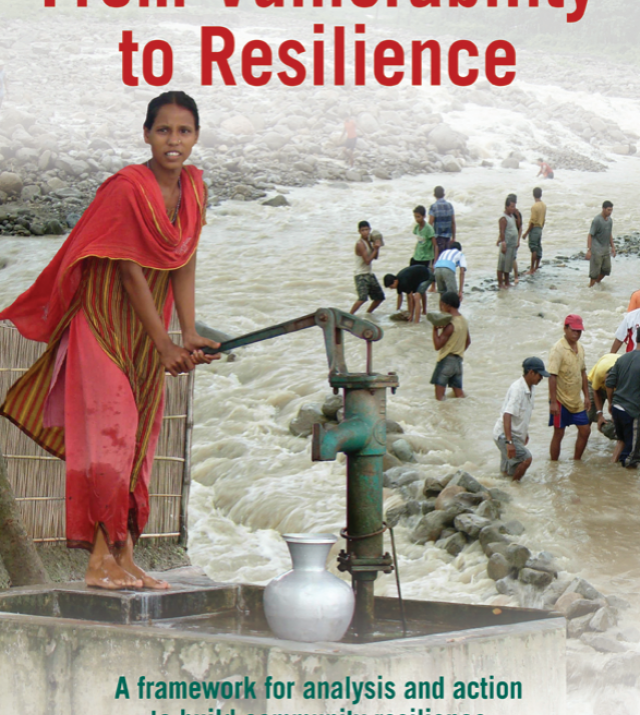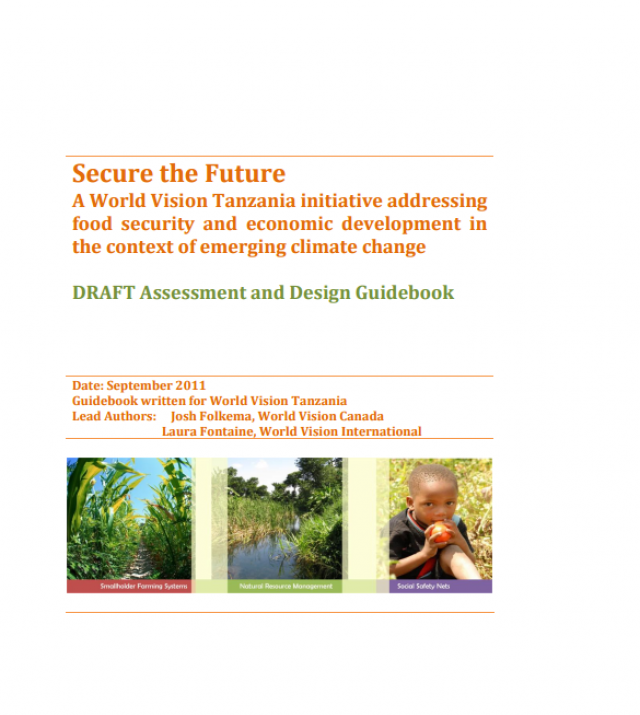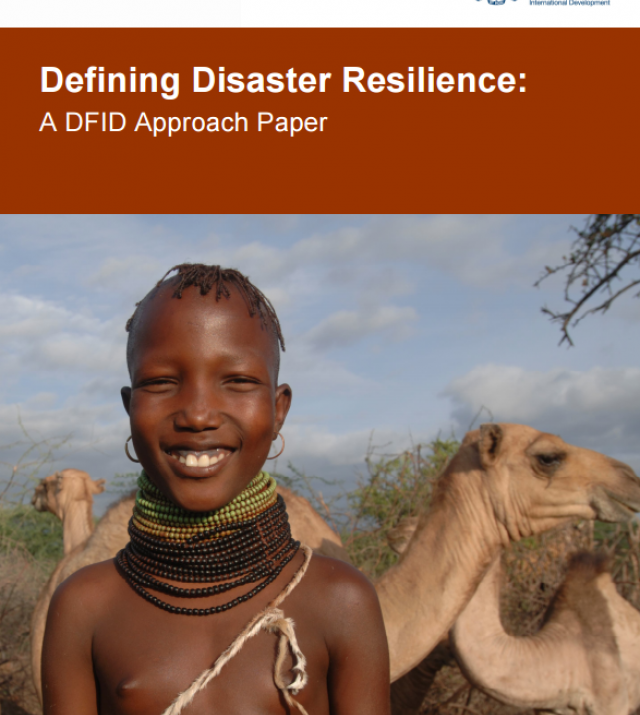
Characteristics of a Disaster-Resilient Community (Version 1)

This guidance note is for government and civil society organisations working on disaster risk reduction (DRR) initiatives at community level, in partnership with vulnerable communities. It shows what a ‘disaster-resilient community’ might consist of, by setting out the many different elements of resilience. It also provides some ideas about how to progress towards resilience. The version of the guidance note you are reading is a pilot version, based on a desk study and discussions with experts. This is now being tested in the field and it will be revised in the light of those experiences. Everyone is welcome to use the note, and feedback is similarly welcome.
The guidance note is a resource, not a manual. It is designed to support processes of community mobilisation and partnership for DRR. Users can select relevant information and ideas from it to support their field work, according to their needs and priorities. This should be the result of discussion between communities and the organisations working with them. The note can be used at different stages of project cycle management, particularly in planning and assessment, and monitoring and evaluation. It can also be linked to other tools used in DRR projects and research (e.g. vulnerability and capacity analysis).
Much of the information here relates to community capacities in DRR. The guidance note may therefore be useful in assessing, planning or reviewing work that focuses on capacity-building. The findings of reviews and assessments carried out using this note may also have some value in advocacy work at local and higher levels.

